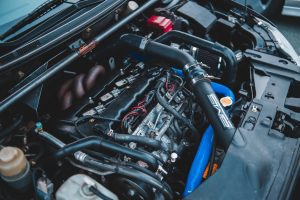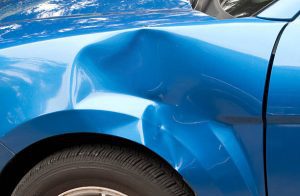Protecting Your Car from Hail Damage


Protecting Your Car from Hail Damage


Introduction
Hailstorms can be incredibly destructive, causing significant damage to vehicles. Hailstones can range in size from small pebbles to golf balls, and their impact can leave dents, cracks, and shattered windows on your car’s body. However, there are proactive steps you can take to protect your vehicle from hail damage. In this article, we will discuss effective strategies and preventive measures to safeguard your car during hailstorms.
1. Stay Informed about Weather Forecasts
Keeping an eye on weather forecasts is crucial for protecting your car from hail damage. Pay attention to weather reports, especially during the storm season or when severe weather conditions are expected. Local news channels, radio stations, and smartphone apps can provide timely updates about possible hailstorms. By staying informed, you can take proactive steps to protect your vehicle.
2. Find Covered Parking
One of the most effective ways to safeguard your car from hail damage is by parking it in a covered area. Consider parking in a garage, carport, or any other structure that offers protection from hail. If you don’t have access to covered parking at home, explore alternative options. Many shopping malls, office complexes, and public parking garages provide covered spaces that you can utilize during hailstorms.
3. Use Protective Covers
Investing in a hail-proof car cover is an excellent preventive measure to shield your vehicle from hail damage. These covers are made of durable materials, such as thick padded foam or multi-layered fabrics, specifically designed to absorb the impact of hailstones. When a hailstorm is approaching, quickly cover your car with the hail-proof cover to minimize potential damage.
4. Seek Temporary Shelter
If you’re caught in a hailstorm while driving, try to seek temporary shelter to protect your car. Look for parking structures, gas stations, or other covered areas where you can safely park until the storm passes. Avoid stopping under trees or power lines, as they can pose additional risks during severe weather.
5. Use Blankets or Thick Mats
In case you don’t have access to a hail-proof car cover, you can use blankets or thick mats as a temporary alternative. While they may not offer the same level of protection, they can help absorb some of the impact from smaller hailstones. Cover your car entirely, securing the blankets or mats with bungee cords or ropes to ensure they stay in place.
6. Install a Carport or Awning at Home
If you frequently experience hailstorms in your area, it may be worth considering the installation of a carport or awning at your home. These structures provide excellent protection against hail, keeping your vehicle shielded from potential damage. Consult with a professional contractor to determine the best design and location for a carport or awning on your property.
7. Trim Overhanging Branches
Overhanging branches can become hazardous during hailstorms. If you have trees near your parking area, it is essential to trim back any overhanging branches. This will help reduce the risk of them breaking and causing damage to your car during severe weather. Regularly inspect your property and address any potential risks before hailstorms occur.
8. Consider Paintless Dent Repair (PDR)
Even with preventive measures in place, your car may still suffer minor hail damage. In such cases, paintless dent repair (PDR) can be a cost-effective solution. PDR is a technique that involves removing dents without damaging the original paint finish. Skilled technicians can massage the dented area from behind, gradually restoring the shape of the panel. This process can save you time and money compared to traditional dent repair methods.
9. Comprehensive Insurance Coverage
Having comprehensive car insurance coverage is essential to protect your vehicle against hail damage. Before a hailstorm hits, review your insurance policy to ensure it covers hail damage repairs. If not, consider upgrading your coverage to include comprehensive insurance. This will provide you with peace of mind and financial protection should your car sustain hail damage.
10. Contact a Professional Hail Repair Service
If your car does suffer hail damage, it is advisable to seek professional help for repairs. A reputable hail repair service specializes in assessing and repairing hail damage effectively. They have the necessary tools, expertise, and techniques to restore your vehicle’s appearance to its pre-damaged state. Contact multiple repair shops, compare quotes, and choose a trusted professional who can handle the repairs promptly and efficiently.
Conclusion
Protecting your car from hail damage requires a proactive approach. By staying informed about weather forecasts, utilizing covered parking, investing in protective covers, and taking other preventive measures, you can minimize the risk of hail damage to your vehicle. Additionally, having comprehensive insurance coverage and knowing reputable hail repair services in your area can provide further peace of mind. Remember to always prioritize your safety and follow expert advice during severe weather conditions. With these strategies in place, you can significantly reduce the potential impact of hailstorms on your car.








